What Do Tarantulas Eat
Feeding a pet tarantula can seem daunting at first, but with the right information, it becomes a straightforward process. Tarantulas are carnivores, meaning their diet consists primarily of meat. Understanding what tarantulas eat is crucial for their health and longevity. In the wild, they consume whatever they can overpower, including insects, small lizards, and even small rodents. However, when kept as pets, their diet needs to be controlled and readily available. The key is to offer a balanced diet that meets their nutritional needs and is appropriate for their size and life stage. This guide will help you understand the best food options for your tarantula, ensuring it thrives in its captive environment.
Live Prey Insects as Staple Diet
The cornerstone of a tarantula’s diet is live prey insects. These provide essential nutrients and stimulate the spider’s natural hunting instincts. It’s important to source insects that are free from pesticides and parasites. Many reputable pet stores sell insects specifically for feeding reptiles and arachnids. The insects should be gut-loaded before being offered to the tarantula; this means feeding them nutritious food to increase their vitamin and mineral content, which will, in turn, benefit the tarantula. The variety of insects can also provide different levels of nutrition, so offering a mix is beneficial. Always observe your tarantula after feeding to ensure it is eating and has no difficulty with the prey.
Crickets
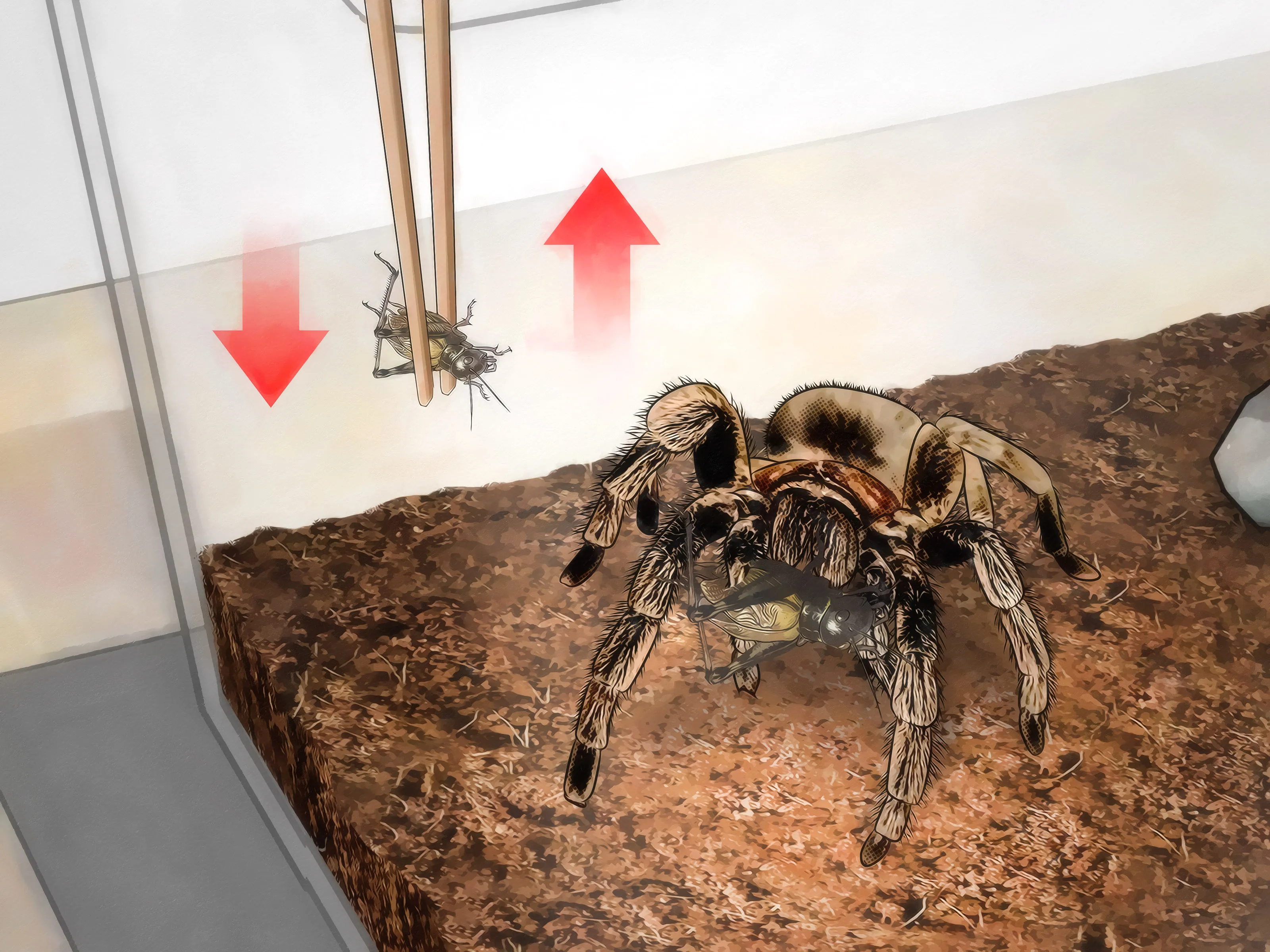
Crickets are a widely available and popular food choice for tarantulas. They are relatively easy to obtain and store, making them convenient for most pet owners. Crickets are a good source of protein, which is essential for tarantula growth and overall health. However, crickets have a relatively low nutritional value if not gut-loaded, and they can be a bit noisy and escape easily from the enclosure. Ensure the crickets are of an appropriate size for your tarantula, as larger crickets can injure or even kill smaller tarantulas during a struggle. Consider using a cricket keeper to make them easier to manage, and feed the crickets high-quality food before offering them to your tarantula.
Dubia Roaches
Dubia roaches are another excellent option for feeding tarantulas. They are highly nutritious, with a higher protein content and a better calcium-to-phosphorus ratio than crickets. Dubia roaches are also less likely to escape and are quieter than crickets, making them a preferred choice for many keepers. They are also easy to breed, which allows for a continuous supply of food. However, they might be more difficult to source depending on your location and regulations. Ensure the roaches are properly gut-loaded with nutritious food before feeding them to your tarantula to maximize their nutritional value. Always remove any uneaten roaches after 24 hours to prevent them from disturbing or potentially harming your tarantula.
Mealworms
Mealworms are readily available and can be a convenient food source, especially for smaller tarantulas. They are easy to store and can be purchased in bulk. Mealworms are a good source of protein, but they have a higher fat content compared to other insects. Therefore, mealworms should be offered as a supplemental food rather than the primary food source, and moderation is key to avoid overfeeding your tarantula. Mealworms also have a hard exoskeleton, which can be difficult for some tarantulas to digest, so it is important to observe how your tarantula handles mealworms. Ensure they are gut-loaded to increase their nutritional value and provide a varied diet with other insects.
Superworms
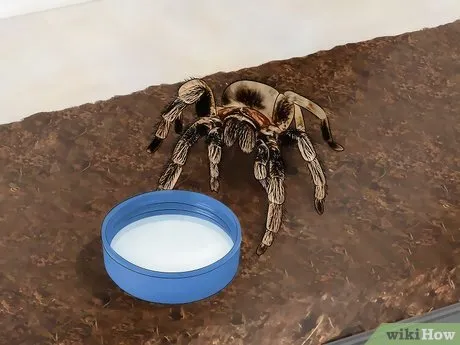
Superworms, also known as Zophobas morio, are larger and more nutritious than mealworms, making them a good food option, particularly for larger tarantulas. They contain a good amount of protein and are relatively easy to care for. Superworms also have a higher fat content, so they should be offered in moderation, similar to mealworms, as overfeeding can lead to health issues. Superworms can be a bit aggressive and may bite your tarantula if left unattended, so make sure to supervise the feeding and remove uneaten worms promptly. It’s essential to gut-load superworms with nutritious food to increase their nutritional value and provide a balanced diet.
Other Insects for Variety
Offering a variety of insects can provide a more balanced diet and prevent nutritional deficiencies. Other insects that can be included in your tarantula’s diet are grasshoppers, locusts, and waxworms. Grasshoppers and locusts can provide a good source of protein and fiber, while waxworms are high in fat and should be offered sparingly. It’s important to introduce new insects gradually and observe your tarantula’s reaction. Ensure all insects are free from pesticides and parasites, and always gut-load them to maximize their nutritional value. Providing a diverse diet can also keep your tarantula more engaged and stimulated.
Feeding Frequency and Size
The feeding frequency and the size of the prey depend on the age and size of your tarantula. Spiderlings, or young tarantulas, require more frequent feeding, usually every other day or every day, with appropriately sized insects. As they grow, the feeding frequency can be reduced. Adult tarantulas can be fed once or twice a week. Overfeeding can lead to health problems such as obesity and a shortened lifespan. The prey size should be no larger than the tarantula’s abdomen. Feeding appropriately sized insects helps ensure that the tarantula can easily capture and digest the prey. It’s crucial to monitor your tarantula’s condition and adjust the feeding schedule accordingly.
How Often to Feed Your Tarantula
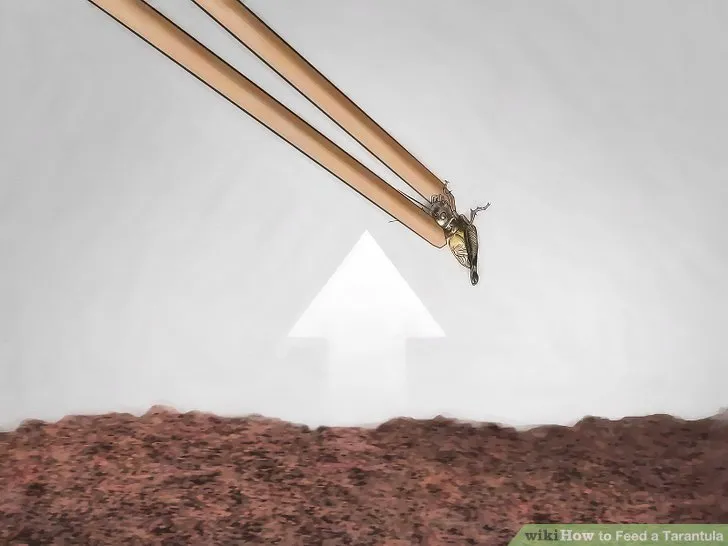
Young tarantulas (spiderlings) typically need to be fed more often than adults. During their growth phase, they have a higher metabolic rate, so they require more frequent meals. Spiderlings can be fed small insects every day or every other day. As the tarantula matures, you can gradually reduce the frequency. Subadults can be fed two to three times a week, while adult tarantulas typically need food only once or twice a week. It is important to monitor your tarantula’s appetite and adjust the feeding schedule accordingly. A tarantula that is not hungry may refuse food, which is normal, especially during molting or when it is about to molt.
Prey Size Matters
The size of the prey is crucial for tarantula feeding. The general rule of thumb is to feed insects that are no larger than the tarantula’s abdomen. Prey that is too large can be difficult for the tarantula to handle and digest, potentially causing stress or even injury. For spiderlings, offer small insects like pinhead crickets or small mealworms. As the tarantula grows, you can gradually increase the size of the prey. Always observe your tarantula during feeding to ensure it can successfully capture and consume the prey. Remove uneaten prey within 24 hours to prevent them from stressing or potentially harming your tarantula.
Supplements and Additional Feeding
While live insects form the main part of a tarantula’s diet, supplements can provide additional nutrients. These are especially important to ensure the tarantula receives a well-rounded diet. Certain supplements can enhance the overall health and well-being of your pet tarantula. It is crucial to offer fresh, clean water at all times, as hydration is vital for tarantula health. These additions should be incorporated carefully and in moderation. Supplements are not always necessary if the primary diet is already varied and nutritious.
Vitamin and Calcium Supplements
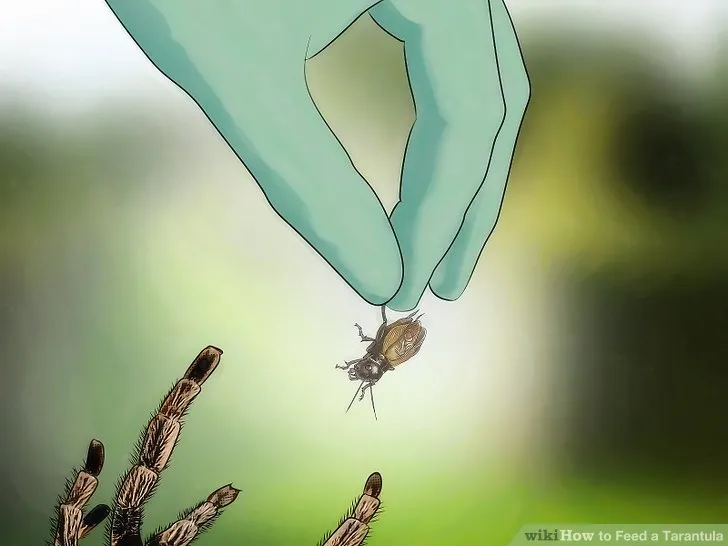
Vitamin and calcium supplements can be beneficial, particularly for growing tarantulas. These supplements help support healthy growth and maintain strong exoskeletons. They are often available in powder form and can be dusted on the insects before feeding. Calcium is essential for the development of the exoskeleton, while vitamins can help prevent nutritional deficiencies. However, it’s important not to over-supplement. Too much of certain vitamins can be harmful. Follow the instructions on the supplement packaging carefully and consult with a veterinarian specializing in exotic animals for personalized recommendations.
Water and Hydration
Providing fresh, clean water is essential for your tarantula’s hydration and overall health. Tarantulas drink water, and they need a constant source to survive. Use a shallow water dish or a water gel to provide a safe and accessible water source. The water dish should be shallow enough to prevent drowning, especially for young tarantulas. Change the water regularly to prevent the growth of bacteria and keep it fresh. A well-hydrated tarantula will be more active and healthy. In addition to drinking water, tarantulas absorb moisture from their environment, so maintaining proper humidity levels in the enclosure is also important.
Things to Avoid Feeding Tarantulas
Not all foods are safe for tarantulas. Certain items can be toxic or difficult to digest, leading to serious health problems. It is crucial to know which foods to avoid to keep your tarantula healthy and safe. Some common household items and food products should never be offered to your pet tarantula. Always research any potential food items thoroughly and consult with an experienced tarantula keeper or a veterinarian specializing in exotic animals.
Toxic or Harmful Foods
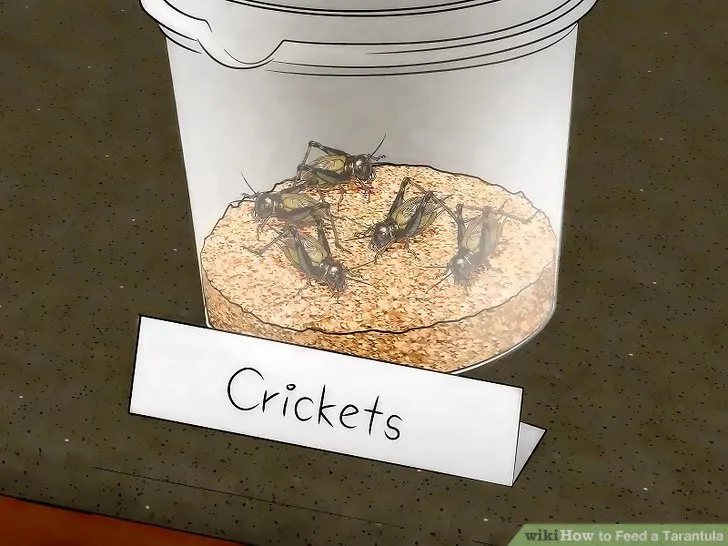
There are several foods that are toxic or harmful to tarantulas. Avoid feeding them any processed human foods, as these often contain chemicals, preservatives, and spices that can be harmful. Do not feed wild-caught insects unless you are absolutely certain they are pesticide-free, as these can contain harmful chemicals. Avoid feeding any insects that have been treated with insecticides or other chemicals. Also, never feed your tarantula vertebrate animals like mice or lizards unless specifically recommended by an expert. Providing a safe diet is one of the most important aspects of tarantula care. Always prioritize the health and safety of your pet.
Overfeeding Risks
Overfeeding a tarantula can lead to several health issues. Obesity is a common problem, which can shorten the tarantula’s lifespan. Overfed tarantulas may have difficulty molting, which can lead to injuries or even death. Additionally, overfeeding can stress the tarantula’s digestive system. Avoid the temptation to overfeed your tarantula. Always feed them appropriately sized prey in the correct frequency based on their age and size. If you are unsure how much to feed your tarantula, it’s always best to err on the side of caution and feed a little less frequently. Observing your tarantula and its behavior will help you determine the right feeding schedule.
